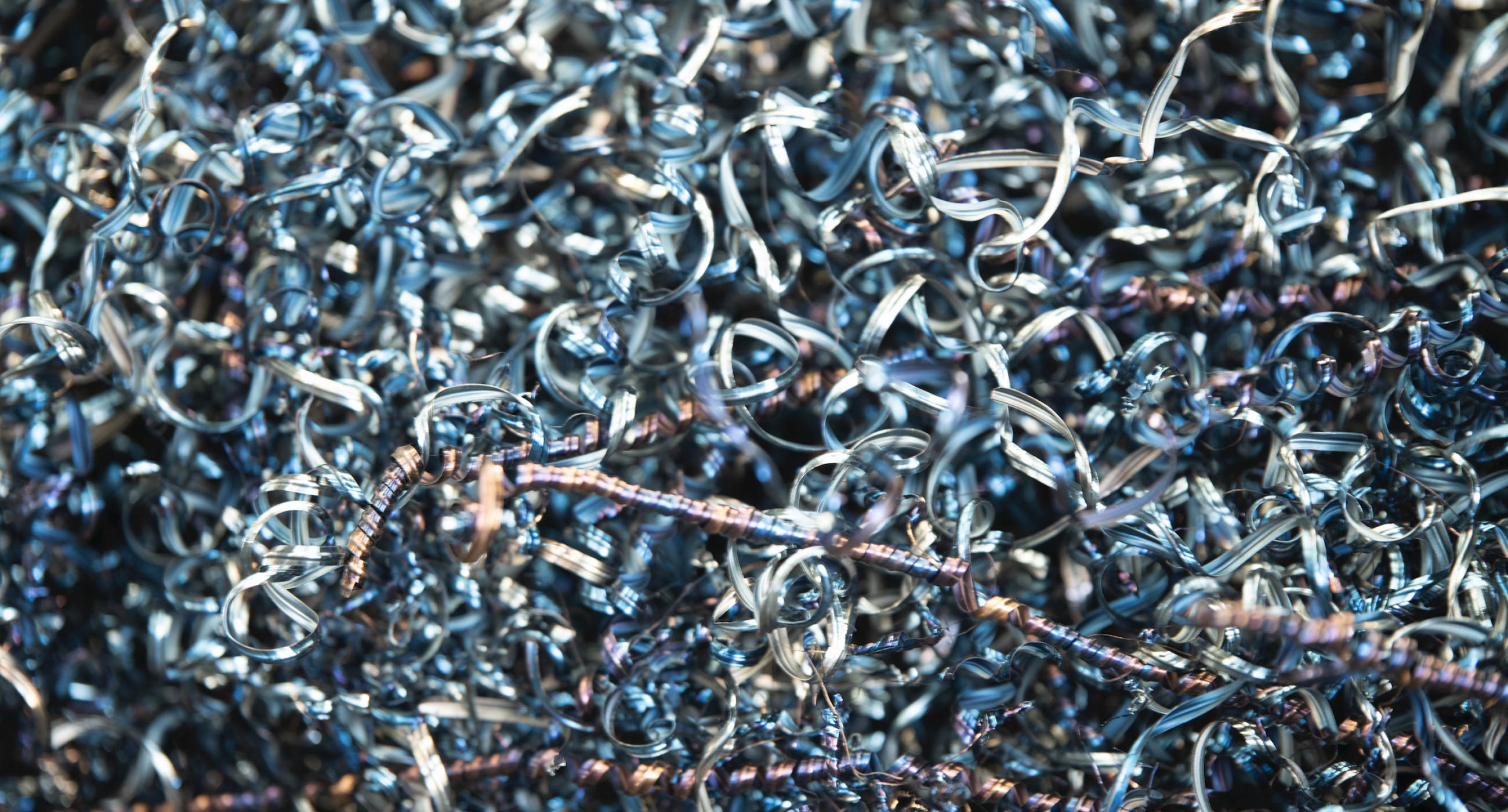In the world of design and production of fittings for industrial plants, material selection plays a key role in ensuring safety, efficiency, and long-term durability. Among the many alloys used, P265Gh and WPL6 steels are two widely employed solutions, each with specific properties and usage fields.
This article offers a technical comparison between these two materials, analyzing their mechanical properties, corrosion resistance, temperature behavior, and weldability. The goal is to provide concrete support to designers, engineers, and industry professionals in choosing the material best suited to their plant’s requirements, whether for high-pressure applications, low temperatures, or corrosive environments.
The characteristics of P265Gh steel
P265Gh steel is a fine-grain steel widely used in the pressure vessel sector. It is a high-quality material characterized by a low carbon content. It differs from traditional carbon steels by some features:
- High mechanical strength: the number 265, included in the material’s name, indicates the minimum yield strength (265 MPa). The tensile strength can even be double this value.
- Ductility and toughness: it shows an elongation at break that can exceed 20%, and its impact resistance is considered good even at sub-zero temperatures.
- Temperature properties: as mentioned, this material performs well at both low and high temperatures. In fact, the application range is very wide, making it excellent for pressure vessel manufacturing.
- Corrosion resistance: special working conditions can lead to corrosive phenomena due to temperature and atmospheric action. P265Gh performs excellently in such conditions.
- Weldability: a fundamental feature for the production and installation of these components.
The characteristics of WPL6 steel
WPL6 steel is also a high-quality steel with similar but not identical characteristics to P265Gh. It is mainly used for fittings in the oil, marine, and offshore sectors. Its key features include:
- Corrosion resistance: excellent general corrosion resistance, especially against sulfuric, phosphoric, and nitric acids, as well as pitting corrosion.
- Good mechanical properties: although lower than those of P265Gh, they are still optimal for the required applications.
- Low temperature resistance: this is one of its main characteristics.
- Weldability: excellent, as in the previous case.
